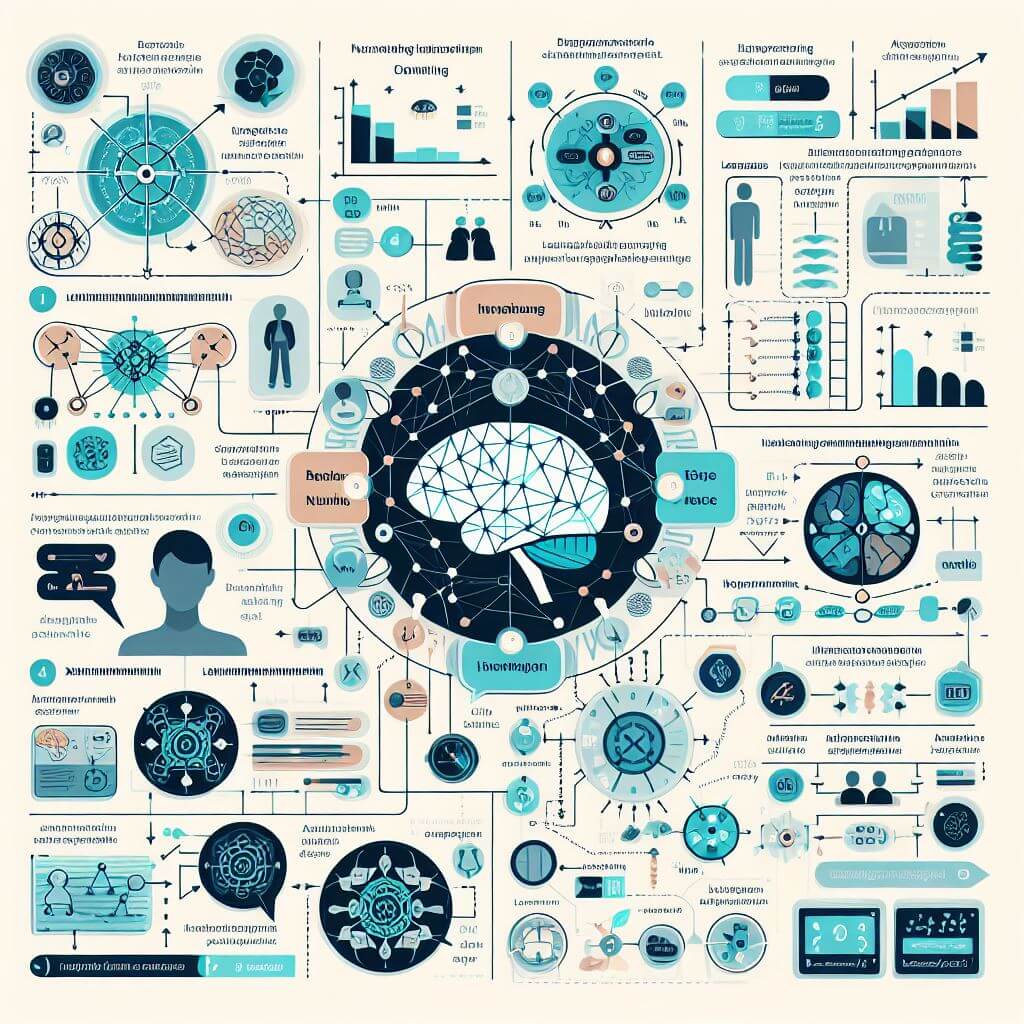Machine learning (ML) technologies are frequently portrayed as conscious entities on the verge of surpassing human intellect. However, the University of California, Berkeley, scientists have discovered that these technologies fall short in the vital human skill of creativity. While both children and grown-ups can creatively employ common items to tackle issues, ML technologies often fail to reinterpret the use of tools, as highlighted in research featured in Perspectives on Psychological Science journal.
 ML language processors like ChatGPT are trained using massive collections of human-created text and imagery, enabling them to operate as a cultural device akin to writing. This helps them to encapsulate and relay existing facts and insights, Eunice Yiu, one of the authors, clarified during an interview. These technologies find it challenging to be inventive with these notions, according to Yiu.
ML language processors like ChatGPT are trained using massive collections of human-created text and imagery, enabling them to operate as a cultural device akin to writing. This helps them to encapsulate and relay existing facts and insights, Eunice Yiu, one of the authors, clarified during an interview. These technologies find it challenging to be inventive with these notions, according to Yiu.
“Youngsters can generate thoughtful solutions to queries that language processors might not,” Yiu pointed out. “Rather than equating these ML technologies to sentient beings, we could liken them to advanced libraries or information retrieval services. They expertly consolidate and impart the prevailing culture and knowledge to us.”
Yiu, along with Eliza Kosoy and their doctoral guide, developmental psychologist Alison Gopnik, scrutinized the differences in mimicry and innovation capabilities between ML technologies, children, and adults. They engaged 42 youngsters between the ages of 3-7 and 30 adults in activities involving textual descriptions of common items. In the preliminary phase of their study, 88% of the children and 84% of the adults managed to match objects in a coherent manner. For example, they associated a compass with a ruler instead of a teapot. During the subsequent phase, 85% of the kids and 95% of the adults demonstrated their aptitude to innovate beyond the conventional uses of ordinary objects to address problems. For instance, when tasked with drawing a circle without typical instruments like a compass. Given alternatives among similar tools (like a ruler), conceptually different tools (such as a teapot with a circular base), and unrelated tools (like a stove), the majority elected the teapot. Though conceptually distinct, it could nonetheless serve a similar purpose as the compass by guiding the drawing of a circular shape.
Yiu and her team then presented the equivalent descriptions to several advanced language models. These models displayed comparable proficiency to humans in the mimicry task, with performances ranging between 59% for the less effective model to 83% for the most effective one. However, the ML technologies’ solutions for the creative task were significantly less precise, with successful selections varying from 8% for the least to 75% for the most effective models. “Children possess the knack for envisioning entirely new applications for objects they have never seen or heard about, like leveraging the bottom of a teapot for circle drawing,” Yiu explained. “The large models are substantially less equipped for such inventive responses.”In another part of their examination, the research team observed that children could figure out how an unfamiliar device operated simply through play and examination. When the same textual evidence was provided to several comprehensive language models, these models struggled to draw parallels because the solutions weren’t directly present in the data they were trained on, Yiu and her colleagues reported.
Their studies reveal that simply statistically forecasting language patterns isn’t sufficient for ML technologies to uncover new truths about the world, as discussed by Yiu and her team. “ML technologies excel at circulating what’s already known, but they aren’t pioneers,” Yiu remarked. “These models are adept at encapsulating common knowledge but lack the capacity to expand upon, craft, alter, discard, assess, and refine common knowledge in the manner a young person can.”
The evolution of ML is still in its infancy, and there’s much to learn about augmenting its cognitive abilities, Yiu noted. Embracing the children’s approach to learning—curious, active, and self-driven—may guide researchers in crafting ML systems ready to venture into real-world exploration.
